Medical results show that music therapy can lower blood pressure, relieve pain during chemotherapy and dialysis, as well as stimulate the elderly brain. The Faculty of Fine and Applied Arts, Chulalongkorn University is offering a Music Therapy Program aiming to heal the ever-increasing patients with various chronic diseases in society.
Newswise — Music therapy is nothing new overseas and is immensely popular. Many in Thai society still lack adequate understanding of the healing process with this science, resulting in the lack of serious support. There is no plan to create qualified personnel in music therapy. Lacking human resources and knowledge, the value and meaning of music in Thai society is thus limited among academia and entertainment circles.
Chula’s Faculty of Fine and Applied Arts recognizes the importance of this science to society. Recently, studies were conducted on music therapy with kidney disease patients undergoing dialysis, cancer patients receiving chemotherapy, patients awaiting diagnosis, and the elderly with dementia, for example. The study found that music therapy helps relieve pain, lower blood pressure, maintain a normal heart rate, thus alleviating concerns for patients both during treatment and while waiting for a diagnosis, so their treatment could proceed smoothly.
“Music therapy is the use of music and musical methods to help restore, heal and improve the patients’ emotional, physical, and mental state. The therapy must be pre-approved by specialists. Music is used to build rapport between the therapist and the patients, and all activities, whether singing, listening to instrumental music or lyrical songs, are designed to suit the physical and mental conditions of the patients,” said Professor Dr. Bussakorn Binson, Dean of the Faculty of Fine and Applied Arts, Chulalongkorn University in discussing the science of music therapy and the Master’s Degree Program in Music Therapy (International Program) that the Faculty is offering to produce music therapists to serve Thailand which is fast becoming an aging society with an upward trend in chronic diseases.
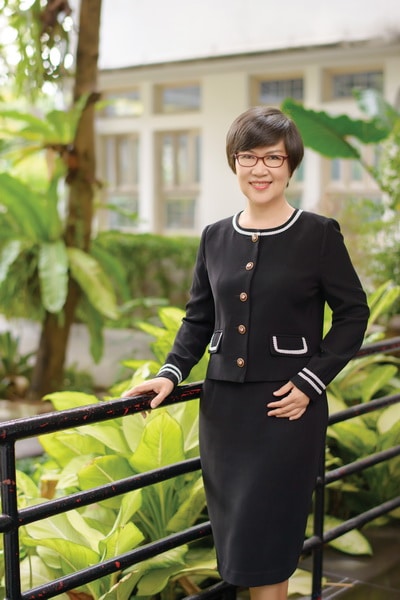
Professor Dr. Bussakorn Binson
Dean of the Faculty of Fine and Applied Arts,
Chulalongkorn University
Music therapy for the elderly
One of the researches by the faculty studies the emotional and social-behavioral responses of the elderly after listening to music from the “Angklung” instrument. It was found that the music significantly enlivened and cheered up the elderly subjects. They became rejuvenated, encouraged, and their memories improved. The final days of their lives don’t just pass by in vain. Vitality is awakened from within, and the meaning of life is restored. Smiles and laughter began to emerge from cultivating a positive attitude, and the byproduct of the therapy is a community of quality seniors.
“The sound of music on its own even without the music therapist can already heal patients with dementia. If their ears can still hear the melodies they used to sing, after a while, they can sing along. We believe that the part of the brain for music memories stores information for a long time. While the other parts of the brain are deteriorating, the part with music memories is like an old data box waiting for the sound of music to unlock it once again. The adjacent brain cells will also be rejuvenated,” said Prof. Dr. Busakorn.
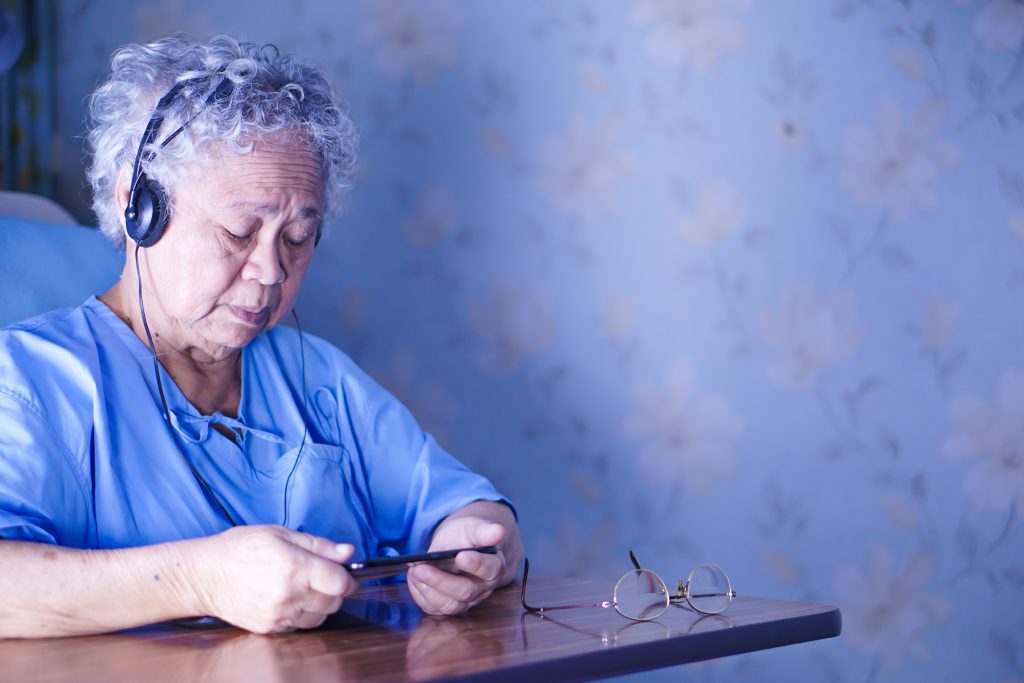
Music therapy design
Prof. Dr. Busakorn explained that there’s more to music therapy than simply listening for relaxation and entertainment. This science focuses on relieving pain and eliminating patients’ anxiety. The treatment requires patients’ personal history, such as their current physical condition, mobility, personality, family background, personal history, and most importantly, their favorite musical genres and instruments. The music therapist will gather this information through a conversation with the patients and their close friends and family before designing the bedside music therapy that’s tailored to each patient.
There are many different types of music therapy activities, depending on the suitability and needs of the patients, who do not require any background in music.
“We can’t just turn on the music to reduce their pain. The therapist must first talk to the patients and those close to them. Patients with immobility will just listen to music, but for patients who can move, musical instruments are added for them to touch. This will help make music therapy even more effective. Happiness is the most important aspect of using music therapy,” stressed Prof. Dr. Busakorn.
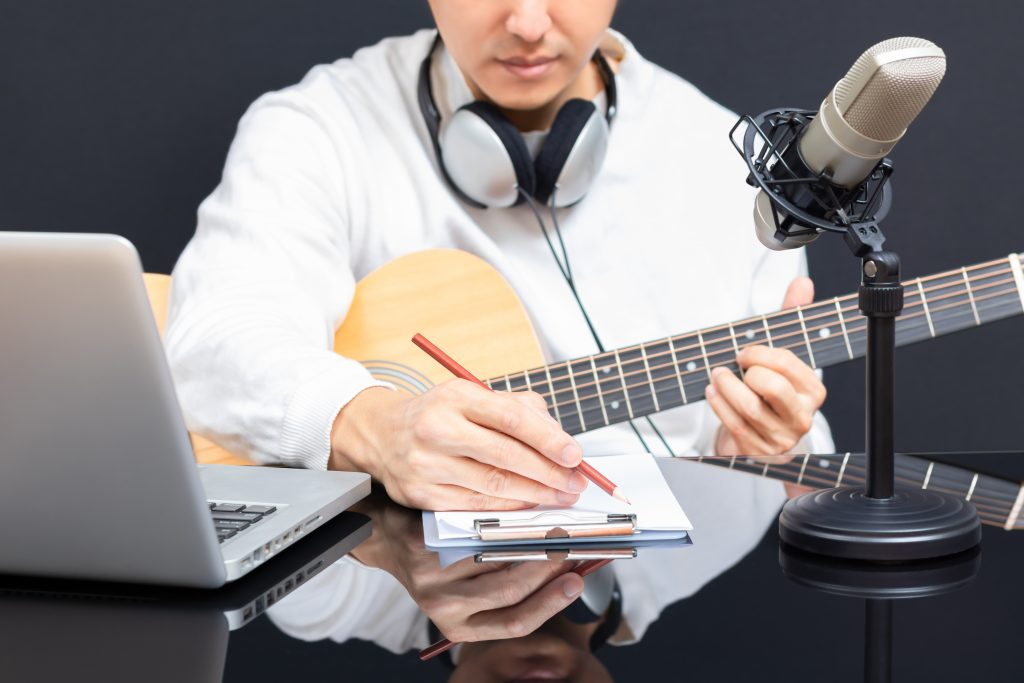
Types of therapy
There are two forms of music therapy:
Individual Music Therapy
Individual Music Therapy is suitable for introverts and patients who are under close monitoring. However, regular patients who are interested in individual therapy can do so as well, depending on their desire and readiness.
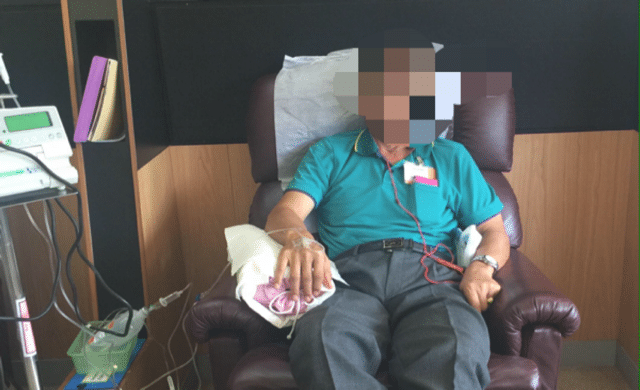
A patient listens to music during therapy
Community Music Therapy
Community Music Therapy is suitable for people who cannot receive music therapy alone. The advantage of group therapy is the opportunity for participants to have conversations with others, which in turn reduce their negative attitudes, and cure their loneliness through interaction with others. The music used for therapy is selected from an average score of the musical genres that everyone in the group listens to.
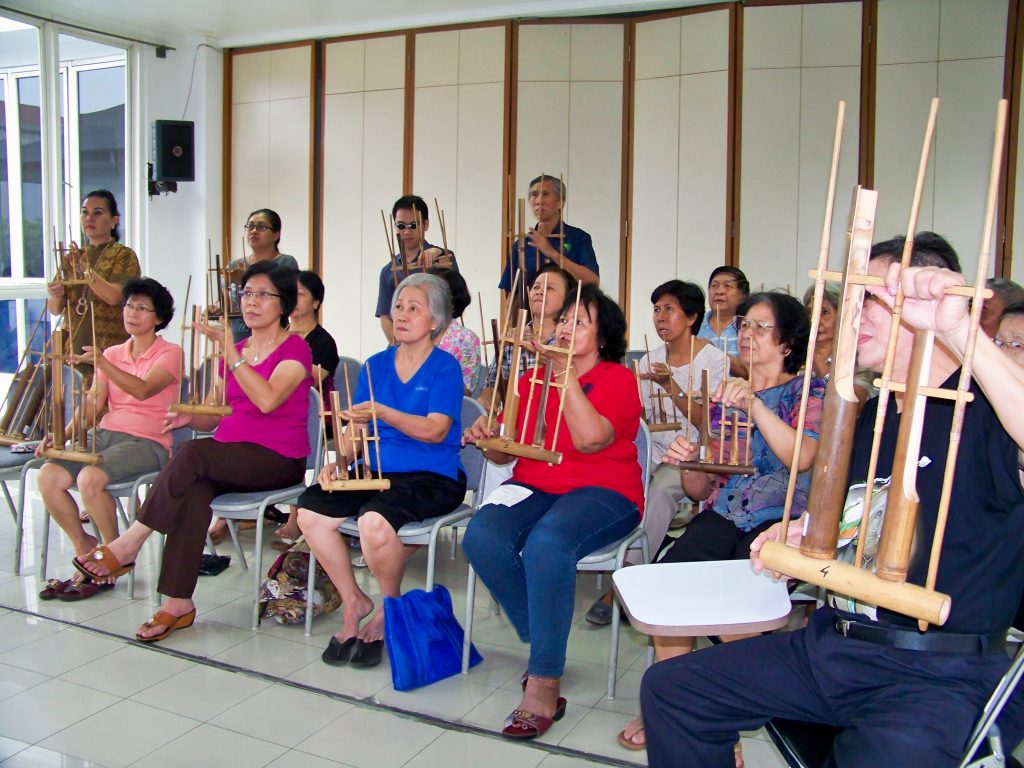
Angklung group therapy for the elderly
Music Therapist Course
Music therapists may act somewhat like psychologists, though they are different in their use of nonverbal communication in diagnosing and evaluating patients through observation of facial expressions and gestures. They do not need to say any words of encouragement, because everything will be conveyed through music. Therefore, music therapists must be well versed in various fields, including the central nervous system, brain functions, psychology, and musical improvisation skills to suit the patients’ condition. This skill requires a minimum of 900 hours of continuous practice along with a certificate of professional aptitude.
“There are few trained and certified music therapists. That’s why we started the music therapy program to produce quality music therapists with world-class experts and well-known personalities in music therapy as the course president,” concluded Prof. Dr. Busakorn.
Those interested in the Master of Arts program in Music Therapy (International Program), Chulalongkorn University can find more information at https://www.faa.chula.ac.th/subjectmain/indexcourse/147.
